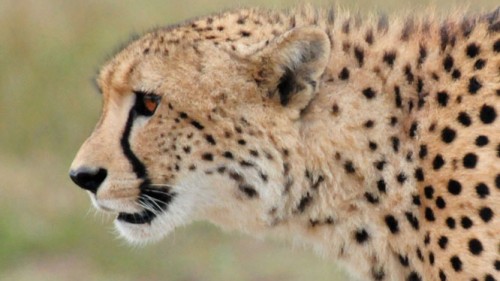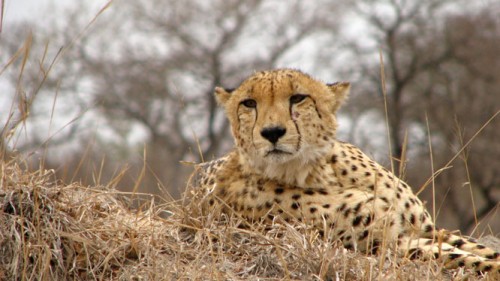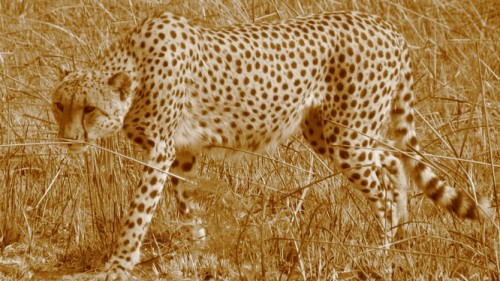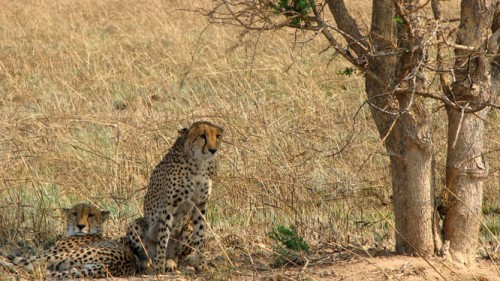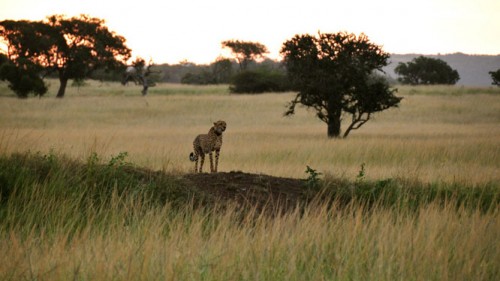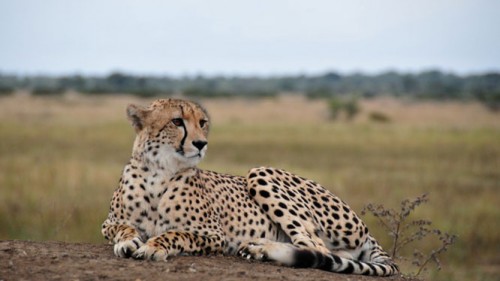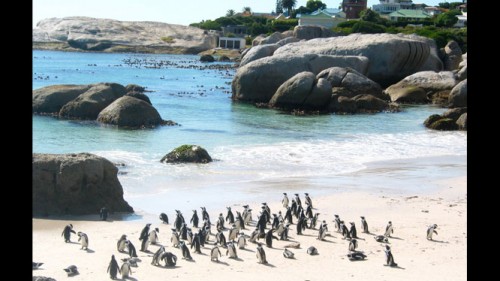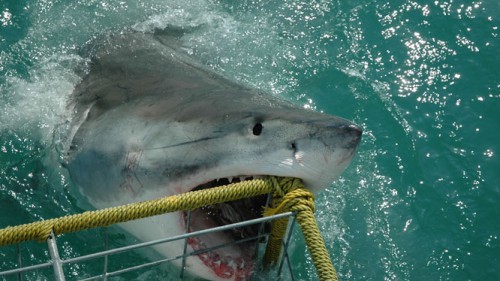Cheetahs Never Prosper
We all know what it feels like when you’re not on “The List”. Whether you’re waiting for a promotion, a procedure, or standing outside the hottest new club in town, it is a cold, hard place to be. Such is life on the great plains of Africa for our friend the magnificent cheetah.
Because the cheetah is not a certified, card-carrying Big-Five’r, safari goers oft ignore her, game reserves won’t prioritize her, and conservation initiatives pass her by. But if you ask me, cheetahs are the bizness, and here are just a few reasons why:
• Cheetah is in fact originally a Hindi word, chita, which comes from the Sanskrit chitraka meaning speckled. You see, cheetahs used to range across most of Southern Asia as well as Africa, but over the past century their population has shrunk dramatically as a result of hunting and to protect livestock. Of the 12,000 surviving animals, only a hundred survive outside of Africa, in a tiny wildlife park in the Iranian Mountains.
• Cheetahs are fast because they have to be: unlike most big cats, they hunt during the day, climbing termite mounds to spot stray antelope or gazelle. The black “tears” under their eyes are thought to cut down glare and they have a wide, super-sensitive stripe on their retinas that gives sharp focus across the entire width of their vision, allowing them to chase and turn with total accuracy. Now if only you could teach them to catch a frisbee.
• Only a handful of cars can reach 100 km/h faster than a Cheetah, but they have to be quick—unless the antelope is caught within 30 seconds the Cheetah will overheat. That’s not a lot of margin for error.
• Cheetahs kill by strangulation. Their teeth aren’t as long and sharp as a lion’s or leopard’s but their bite is more powerful, crushing the windpipe and blocking the airflow. When they do catch their prey, they have to eat it fast—lions, vultures and hyenas are quick to steal their kill and they can’t fight back—one small injury to their highly-tuned body and they are doomed to starvation.
So you see, the world would be a better place with fewer lists and more cheetah. With this in mind, we’ll leave you with two amazing places you can visit that show cheetahs the respect they deserve:
Samara in South Africa
Samara works closely with the Endangered Wildlife Trust to ensure that this highly endangered species is given the best chance of survival. To this effect Samara swaps its cheetah populations with other reserves, ensuring that the gene pool is as wide as possible.
Okonjima in Namibia
Home to the Africat Foundation, Okonjima is an amazing property on the Waterberg Plateau where guests can learn about and participate in cheetah research, big cat conservation, and the complex issues surrounding wildlife and livestock coexistence.
Greg Sacks is part cheetah when it comes to trip planning—he’s speedy, precise, and knows exactly when to go in for the kill.
